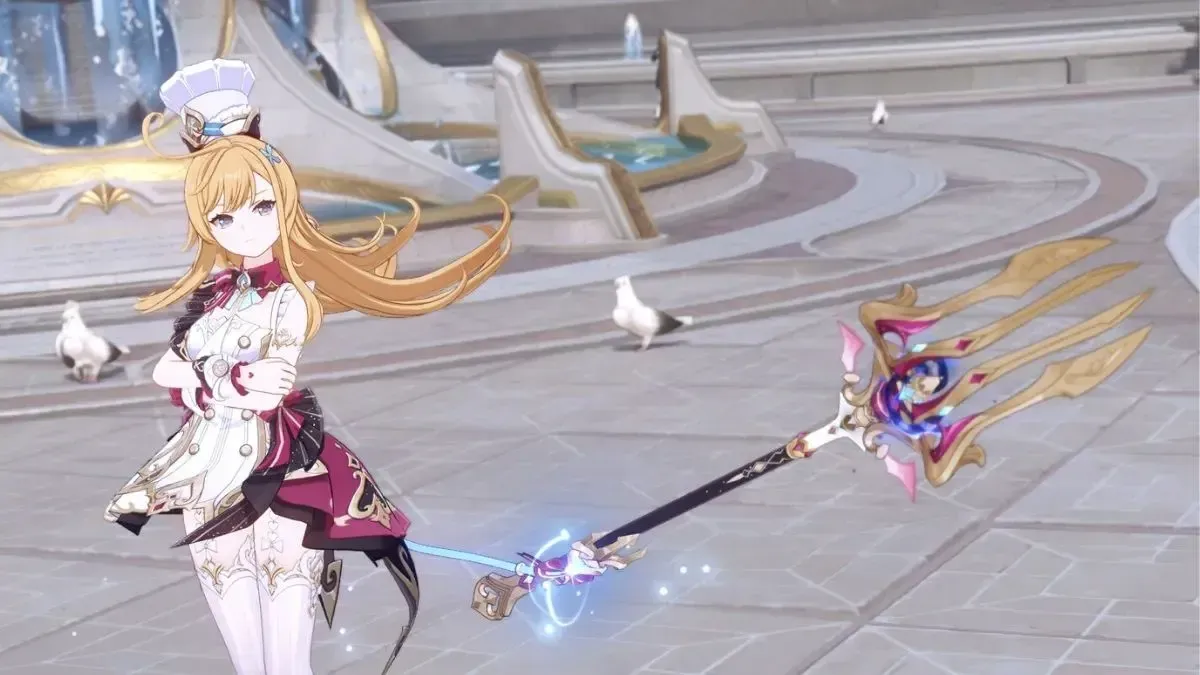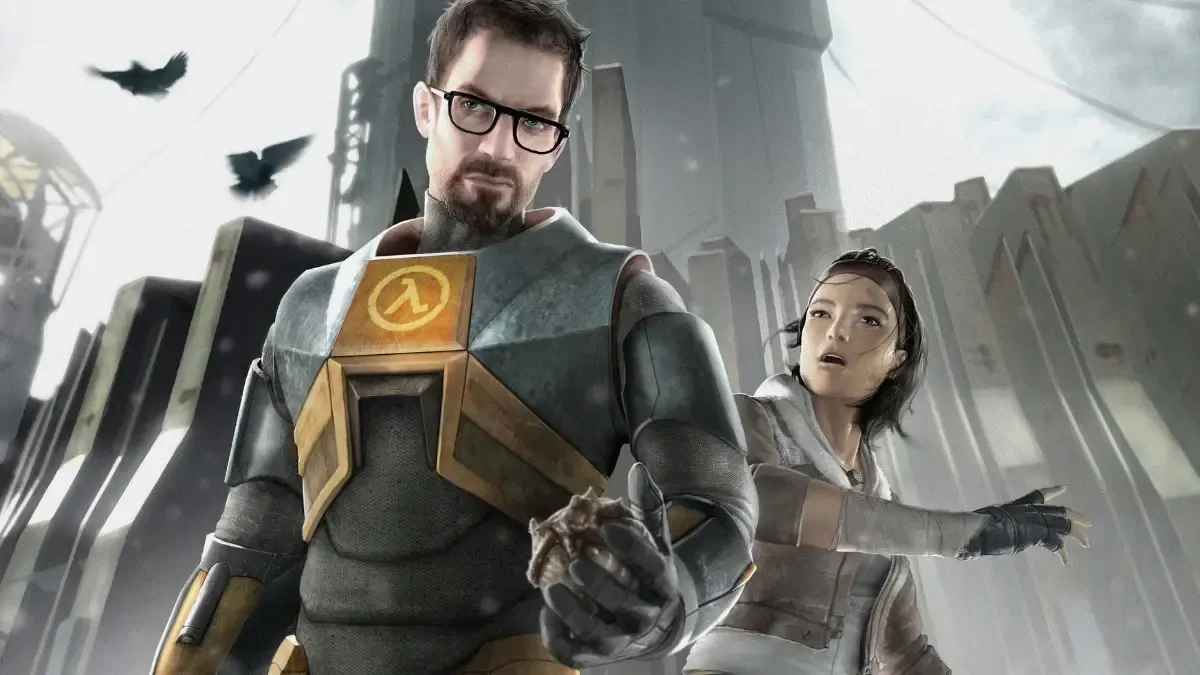Image: Blizzard Entertainment
Diablo 4 delivers on almost every front that matters, but we couldn’t help but be disappointed in Lilith’s story.
Action-RPGs like Diablo 4 offer a very simple power fantasy that drives endless hours of gameplay: you click on things and they die. Diablo 4 not only delivers a satisfying hack-and-slash loop, but strives to make every other aspect of the game an accessory to its allure. It doesn’t matter what you’re carving up, where you’re doing it or even why - so long as you don’t have to stop.
Even if you’re just grinding through the story to get to the postgame, the world of Sanctuary and its unhinged inhabitants are so deeply rooted in the main campaign that they feel inseparable. Every side quest you take on, every dungeon you grind through and every new region you explore only remind you of the stakes at play in the main campaign. The creator of Sanctuary has returned to a world infected with darkness so unabating that a cure seems impossibly out of reach. All the player can do is try to stop things from getting worse, and when it comes to Lilith, I’m not sure that they end up doing the right thing.
Diablo 4’s campaign is a sprawling, blood-drenched adventure across Sanctuary, and one we thoroughly enjoyed, but it isn’t perfect. Its final two acts feel poorly-paced and fail to deliver a satisfying arc for Lilith, who suffers from being a thinly drawn villain despite all the screentime she’s afforded.
Spoilers ahead

Diablo 4 begins with a nightmarish drug trip triggered by the player ingesting literal pieces of Lilith, setting the tone for the rest of its campaign pretty effectively. Lilith, the mother of Sanctuary, has mysteriously returned from the void she was banished into with plans to reclaim her old stomping grounds. To flesh the villain out, the game builds her deity-like mythology up via third-party anecdotes and cutaway monologues. Instead of having the Wanderer (the player) meet Lilith head on to establish a conflict between the two, Lilith actually spends most of the campaign entirely out of reach.
The Wanderer recounts seeing Lilith in a vision to a hermit named Lorath (Ralph Ineson, who is having a banner year between this and playing Cid in Final Fantasy 16). The Wanderer is then called to various points of Sanctuary by Lorath, Neyrelle and more new friends on a quest to stop Lilith, though it isn’t clear why they choose to go along with this at first. With very little personal agency, the Wanderer is just placed where the plot needs them to be until the second half, when friendly bonds between them and these new acquaintances have suddenly been established. At that point, the Wanderer finally has a rare moment of personal development and decides to fight for their friends.
Lilith is only seen in brief glimpses throughout the story campaign, whether it be in ‘Meanwhile…’-style cutscenes of her scheming halfway across Sanctuary, or in the form of ghostly holograms making vague monologues. Kudos to Lilith’s actress Caroline Faber here, because without her gravitas these moments of exposition teeter towards the soporific. Instead, she convincingly portrays Lilith as a new kind of Diablo villain - one who isn’t necessarily trying to fight you, but help you. She calls herself the Mother of Sanctuary and she certainly acts like it, taking brutal action against those threatening the livelihood of her children and home.
Spoilers ahoy

We’re going to dive into full spoilers for this story campaign, so make sure you’ve beaten it before reading on. By the time the final act of the game rolls around, Lilith’s machinations are finally unveiled to the player: she wants to summon Sanctuary’s Lesser Evils because in true franchise fashion, the Prime Evils are on their way back to destroy everything. For those unfamiliar, the three Prime Evils are Baal, Mephisto and Diablo himself, all of whom have been defeated after attempting to invade Sanctuary.
Diablo 4 makes it clear that none of these three can be defeated for good. They will always find a way to claw themselves free from the void, Soul Stones, and all other flavours of temporary imprisonment by sheer force of will. This is unfortunately where the game drops the ball. Lilith is such a major presence throughout the story, but she doesn’t have a face-to-face chat with the Wanderer until the very peak of its climax, at which point she drops a monologue, fights them and dies. At no point before, during, or after this fight is our motivation to stop Lilith fully crystallised.
Diablo 4 dangles Lilith at the player like a carrot on a stick. We’re told that she’s evil but not why, only that we’ll figure stuff out if we keep playing. Keep listening to the holograms, keep digging into her past, keep chasing the Mother across Sanctuary. By the end of it, we see that she’s done horrible things - she’s killed people, ravaged towns and created monsters for surprisingly unselfish reasons - and then we fight her. She acts like a villain plenty, but it’s not enough to be fed holograms and lore notes. The best villains aren’t the best villains because other characters in the story go on talking about how evil they are all the time.
Lilith has the makings of a complex, layered big bad, but the game doesn’t get close to driving that home. Blizzard succeeds in creating an atmosphere of intrigue by keeping her in the shadows for most of the story, but the smoke-and-mirror act fades in the final act. Looking back at the campaign, I understand how she came to be - but I puzzle over her actions upon returning to Sanctuary. Lilith’s draconian actions and her stern demeanour carried her far, but when we’re finally allowed to have a conversation with her, she dies. It’s a disappointing end to a villain deprived of a physical presence in the story, after an onslaught of dialogue-laden backstory and exposition built her up to be such a consequential part of it.
Anyway, enough about Lilith

Diablo 4 is a great game. It leaves the franchise in a more hopeful place compared to Diablo 3, a game that had to immediately start making reparations with unhappy players after a launch mired in broken connectivity and Auction House-related issues. By comparison, all players really want out of Diablo 4 is more of it. This sequel’s gameplay loop might not thoroughly satisfy fans who just want to smash hordes of enemies in as many unique and creative ways as possible (though Blizzard will likely sort that out in future seasons), but it will keep them engaged for the long term and offer plenty of replayability in the meantime. The amount of stuff there is to in this game is truly staggering, and the campaign alone is well worth a playthrough thanks to some spectacular setpieces, gorgeous environments and memorable bossfights.
However, dropping the ball on Lilith does leave a sour taste in my mouth, especially considering that she’s been plastered all over this game’s marketing for a year now. She was touted as Diablo’s Next Big Bad™, but the series is instead pivoting back to the tried-and-true Prime Evils as future antagonists. The campaign leaves Lilith in a place that’s hard to come back from, so it is unlikely that we’ll see her play a large role in the franchise for at least another sequel or two, and that’s a shame. The Mother of Sanctuary was just getting started, and she deserves better.







